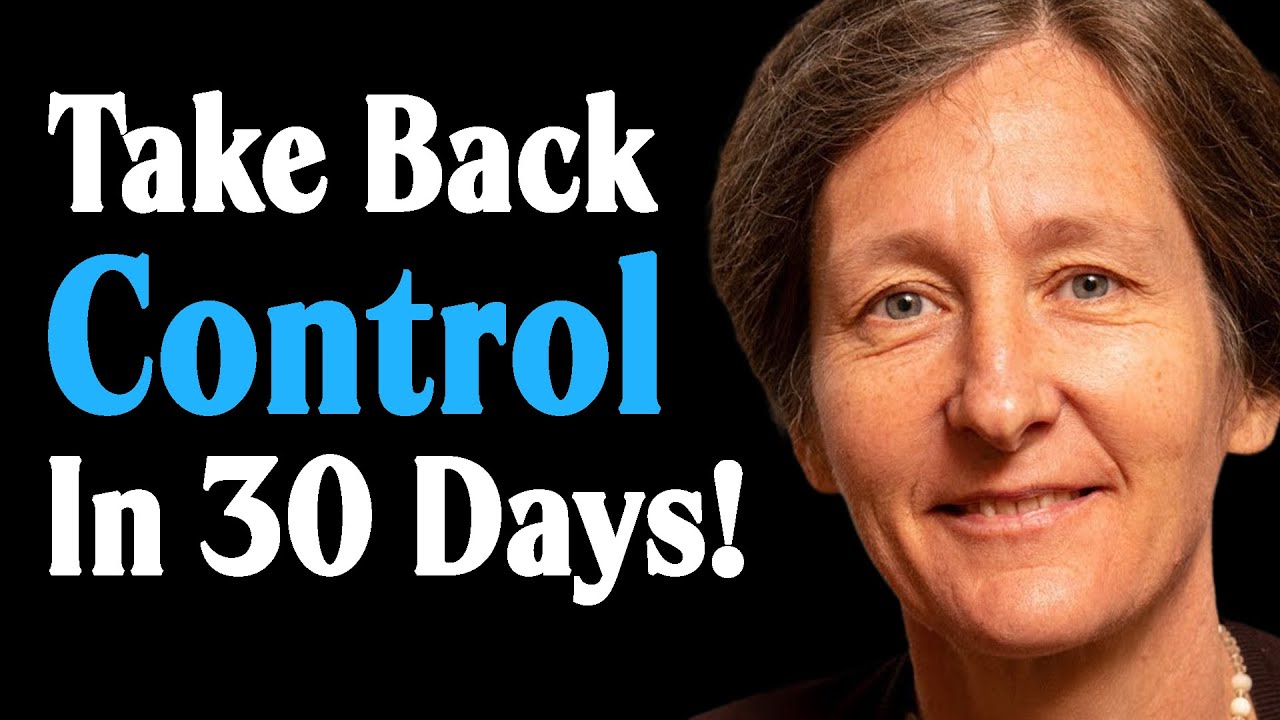Lecture 24 : Reward Circuits
Summary
TLDRThis lecture explores the intricacies of reward circuits in the brain, highlighting their role in learning, motivation, and behavior. Key structures like the Ventral Tegmental Area (VTA), Nucleus Accumbens, and Prefrontal Cortex are discussed for their interactions in processing rewards. Dopaminergic signaling is central to these circuits, driving behaviors associated with pleasure. However, the lecture also addresses the risks of addiction, as drugs can disrupt normal reward pathways. Finally, it touches on the anti-reward system, essential for understanding addiction rehabilitation, setting the stage for future discussions on executive functions.
Takeaways
- 😀 Reward circuits in the brain are crucial for learning and motivation.
- 🎮 Associative learning occurs when a task is linked to a reward, enhancing the desire to perform the task.
- 🧠 Key brain structures involved in reward include the ventral tegmental area (VTA), nucleus accumbens, and prefrontal cortex.
- 🔄 Dopamine is the primary neurotransmitter involved in reward processing, affecting both pleasure and motivation.
- 🐭 Stimulation studies in animal models demonstrate the power of reward systems, showing that animals can prioritize rewards over basic needs.
- ⚖️ Overactivation of reward circuits can lead to addiction, highlighting the importance of understanding these systems.
- 🧩 The prefrontal cortex plays a significant role in orchestrating learned behaviors and driving outputs related to rewards.
- 📈 Dopaminergic input to the nucleus accumbens is critical for recognizing and pursuing rewarding behaviors.
- 🚫 Addiction mechanisms often involve the disruption of dopamine reuptake, leading to prolonged reward signals.
- 🤔 The anti-reward system, which counteracts reward seeking, is an important area for research in addiction rehabilitation.
Q & A
What are the primary functions of the brain's reward circuits?
-The primary functions include facilitating associative learning, providing motivation for goal-directed tasks, and eliciting pleasure from activities.
Which brain structures are most involved in the reward circuit?
-Key structures include the Ventral Tegmental Area (VTA), Nucleus Accumbens, Prefrontal Cortex (PFC), Amygdala, and Hippocampus.
How does the VTA contribute to the reward system?
-The VTA contains dopaminergic neurons that release dopamine, which is critical for processing rewards and reinforcing behaviors associated with them.
What role does dopamine play in reward behavior?
-Dopamine acts as a neurotransmitter that signals pleasure and reinforces behaviors associated with obtaining rewards.
What is associative learning, and how is it related to rewards?
-Associative learning is the process by which the brain links specific tasks to rewards, enhancing the likelihood of performing those tasks to receive the reward.
What happens when reward circuits are overstimulated?
-Overstimulation of reward circuits can lead to addiction, as individuals may engage in compulsive behaviors to seek out the pleasurable effects associated with those circuits.
How do drugs like cocaine and methamphetamine affect the reward system?
-These drugs block the reuptake of dopamine, leading to prolonged dopamine release, which enhances the rewarding experience and encourages compulsive seeking behavior.
What is the function of the Nucleus Accumbens in reward processing?
-The Nucleus Accumbens receives dopaminergic inputs from the VTA and plays a central role in reinforcing reward-driven behaviors and experiences.
How does the PFC interact with the reward system?
-The Prefrontal Cortex orchestrates behavior based on learned associations with rewards, influencing decision-making and behavioral output.
What is the significance of the anti-reward system?
-The anti-reward system helps control and inhibit reward-seeking behaviors, which is important for understanding addiction and developing rehabilitation strategies.
Outlines

Dieser Bereich ist nur für Premium-Benutzer verfügbar. Bitte führen Sie ein Upgrade durch, um auf diesen Abschnitt zuzugreifen.
Upgrade durchführenMindmap

Dieser Bereich ist nur für Premium-Benutzer verfügbar. Bitte führen Sie ein Upgrade durch, um auf diesen Abschnitt zuzugreifen.
Upgrade durchführenKeywords

Dieser Bereich ist nur für Premium-Benutzer verfügbar. Bitte führen Sie ein Upgrade durch, um auf diesen Abschnitt zuzugreifen.
Upgrade durchführenHighlights

Dieser Bereich ist nur für Premium-Benutzer verfügbar. Bitte führen Sie ein Upgrade durch, um auf diesen Abschnitt zuzugreifen.
Upgrade durchführenTranscripts

Dieser Bereich ist nur für Premium-Benutzer verfügbar. Bitte führen Sie ein Upgrade durch, um auf diesen Abschnitt zuzugreifen.
Upgrade durchführenWeitere ähnliche Videos ansehen

Neuroanatomy S1 E7: Basal Ganglia #neuroanatomy #ubcmedicine

Dopamine Detox: How To Regain Control Of Your Life In 30 Days | Dr. Anna Lembke

Effects of cannabis on the teenage brain NCPIC + Turning Point

Dopamine, Destiny and the Garden of Uncertainty

Por que MOTIVAÇÃO importa MAIS que DISCIPLINA? | Eslen Delanogare (neurocientista)

Educational Neuroscience: Your Child’s Brain and Early Literacy with Bruce McCandliss
5.0 / 5 (0 votes)
